1. Brush Your Pet’s Teeth Like a Pro
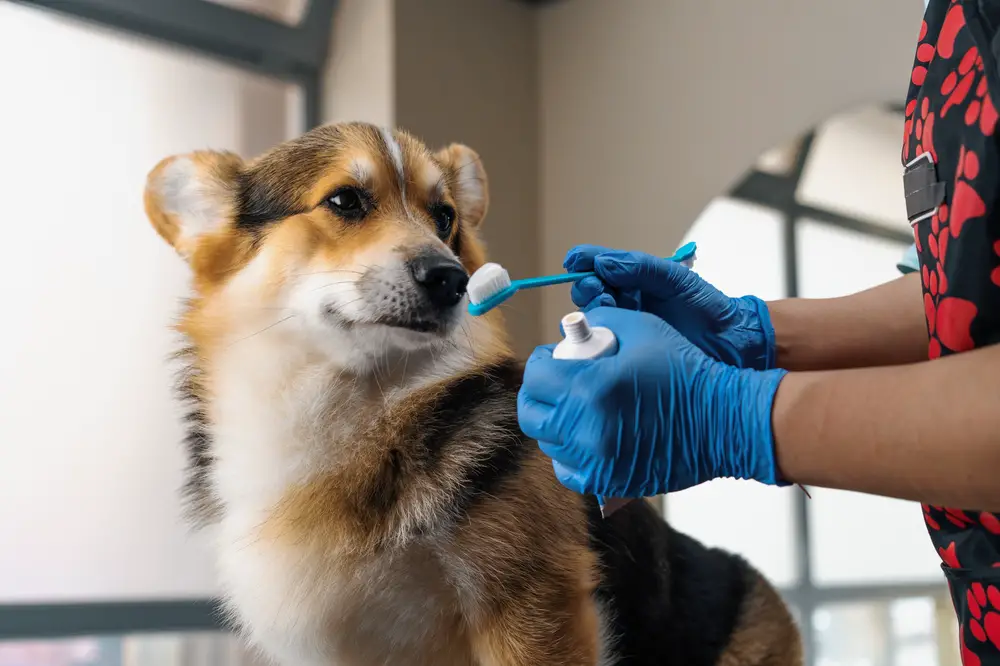
Dental issues in pets are one of the biggest culprits behind unexpected vet bills. Just like humans, pets can develop plaque, tartar, gum disease, and painful tooth infections if their oral hygiene is neglected. According to the Montana Pet Dentist, regular brushing can prevent these conditions, which are common in pets by the age of three. A simple toothbrush and pet-safe toothpaste can help maintain your pet’s dental health. If brushing is challenging, alternatives like dental wipes or chew toys are available, but consistency is key—brushing just three times a week can greatly reduce plaque buildup. Left untreated, these dental problems can lead to expensive extractions, infections that spread to vital organs, and even difficulty eating, which affects overall health. A professional dental cleaning at the vet can cost a small fortune, and if extractions are needed, the bill can easily reach six figures in naira. The best way to avoid this? Make brushing your pet’s teeth a regular habit!
A simple toothbrush and pet-safe toothpaste can go a long way in preventing dental disease. Start slow, introduce them to the taste of the toothpaste first, and gradually work up to brushing. If your pet refuses, there are alternatives like dental wipes, water additives, and chew toys designed to clean teeth. The key is consistency—brushing even just three times a week can dramatically reduce plaque buildup. And the best part? A few minutes of effort now could save you from hefty vet bills (and keep your pet’s breath from smelling like a garbage can).
2. Keep Up with Vaccinations and Preventatives
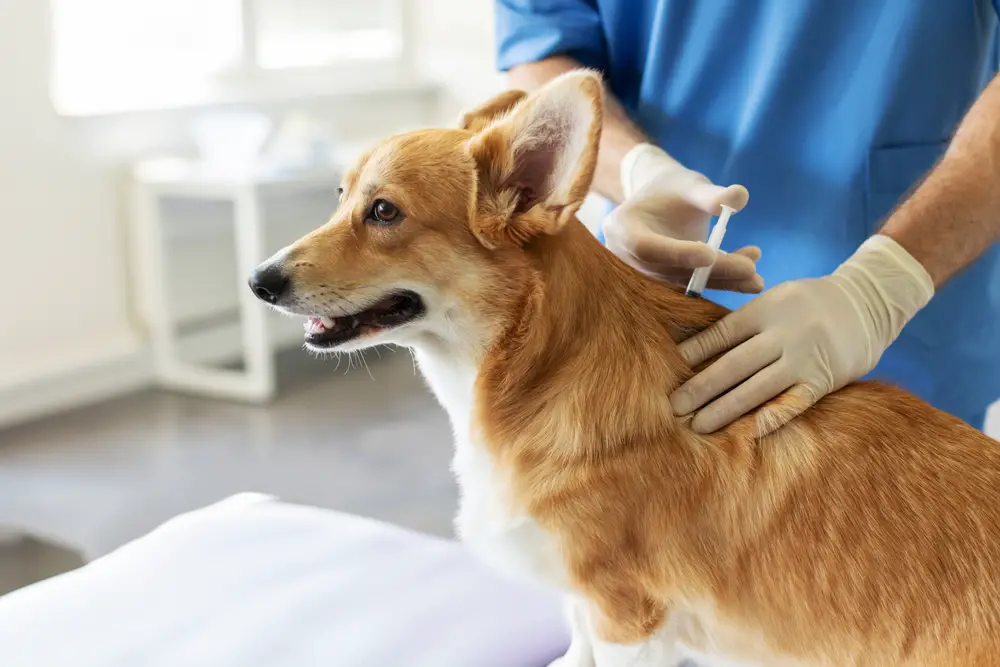
Skipping vaccines and parasite preventatives may seem like an easy way to cut costs, but it often backfires in the most expensive way possible. Common preventable diseases like parvovirus in dogs or feline leukemia in cats can rack up treatment bills that make vaccinations look dirt cheap in comparison. As noted by PetMD, preventing diseases like rabies and heartworm through regular vaccinations and medication is crucial not only for your pets’ health but also for human safety. The cost of treating a flea infestation or heartworm disease can be substantial compared to the preventive measures. Not to mention, diseases like rabies, distemper, and leptospirosis are not only dangerous for pets but can also pose serious health risks to humans.
Parasite preventatives—like flea, tick, and heartworm medication—are another essential part of keeping your pet (and your wallet) safe. A single flea infestation can quickly spiral into a household nightmare, requiring deep cleaning, pest control treatments, and medication for all your pets. Heartworm disease, transmitted by mosquitoes, is even worse. The treatment for heartworm can be grueling, costly, and risky, while prevention is as simple as giving your pet a monthly pill. Staying up to date on these preventatives may seem like an extra expense, but trust me, it’s pennies compared to what you’ll pay if you skip them.
3. Feed a High-Quality Diet That Supports Long-Term Health

Sure, budget kibble might seem like a good way to save money in the short term, but a poor-quality diet can lead to obesity, allergies, digestive issues, and long-term health problems that will cost you far more in vet bills. According to Bowman Veterinary Hospital, a poor diet can result in obesity, allergies, and other serious conditions. Investing in high-quality pet food tailored to your pet’s specific needs promotes better health and longevity, ultimately saving money on future medical expenses. If premium brands are out of reach, consider balanced homemade meals with veterinary guidance as a nutritious alternative. Think of it like this: feeding your pet highly processed, low-nutrient food every day is the equivalent of a human eating junk food for every meal. Eventually, it catches up to them.
Investing in high-quality pet food tailored to your pet’s needs can prevent a host of medical problems, from kidney disease to diabetes. If premium brands are out of budget, you can look into balanced homemade meals (with vet guidance) or high-protein, low-filler options that offer better nutrition without breaking the bank. In the end, feeding your pet properly is one of the simplest and most effective ways to ensure they live a long, healthy life—and it’ll save you a fortune in medical costs down the line.
4. Keep Their Weight in Check—It’s a Lifesaver
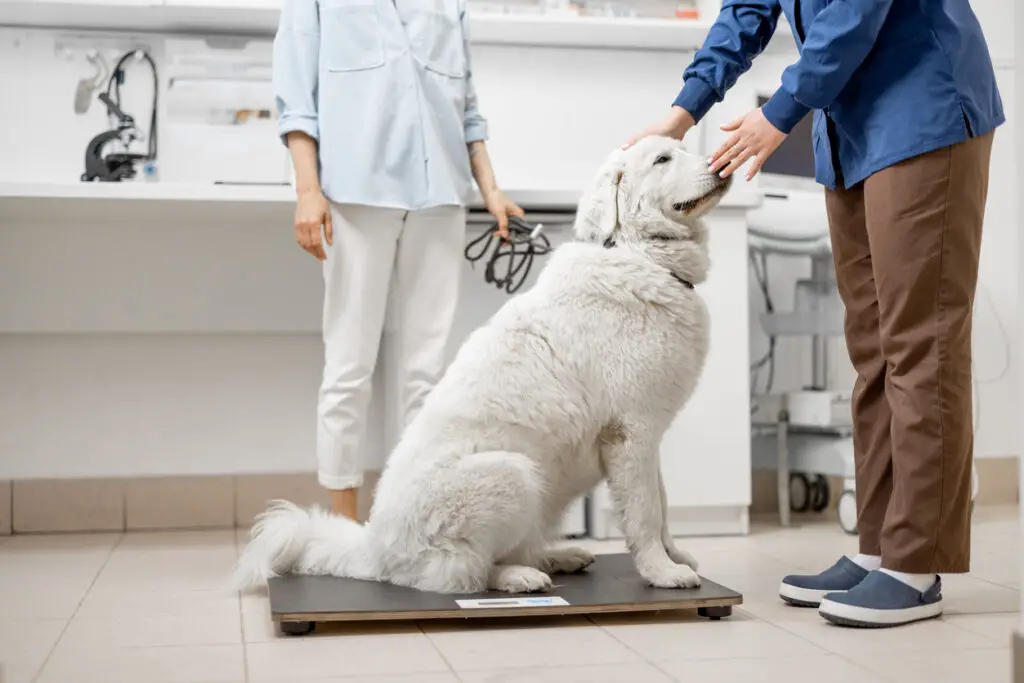
It’s easy to overfeed pets, especially when they give you those irresistible puppy-dog eyes or purr extra sweetly while begging. But the reality is that pet obesity is one of the most common and preventable health issues out there, and it comes with a price—both financially and in terms of your pet’s quality of life. According to The Independent, overweight pets are at a much higher risk for arthritis, diabetes, heart disease, and even a shortened lifespan. Treating these conditions can cost a small fortune, with diabetes requiring lifelong medication and joint issues leading to expensive surgeries.
The good news? Preventing obesity is way easier (and cheaper) than treating the diseases that come with it. Measure your pet’s food, stick to portion recommendations, and resist the urge to overdo it with treats. Regular exercise is also crucial—whether it’s daily walks, playtime, or interactive toys that keep them moving. A fit pet is a healthier pet, and maintaining a healthy weight can add years to their life while saving you from hefty vet bills.
5. Regular Home Checkups Can Catch Issues Early
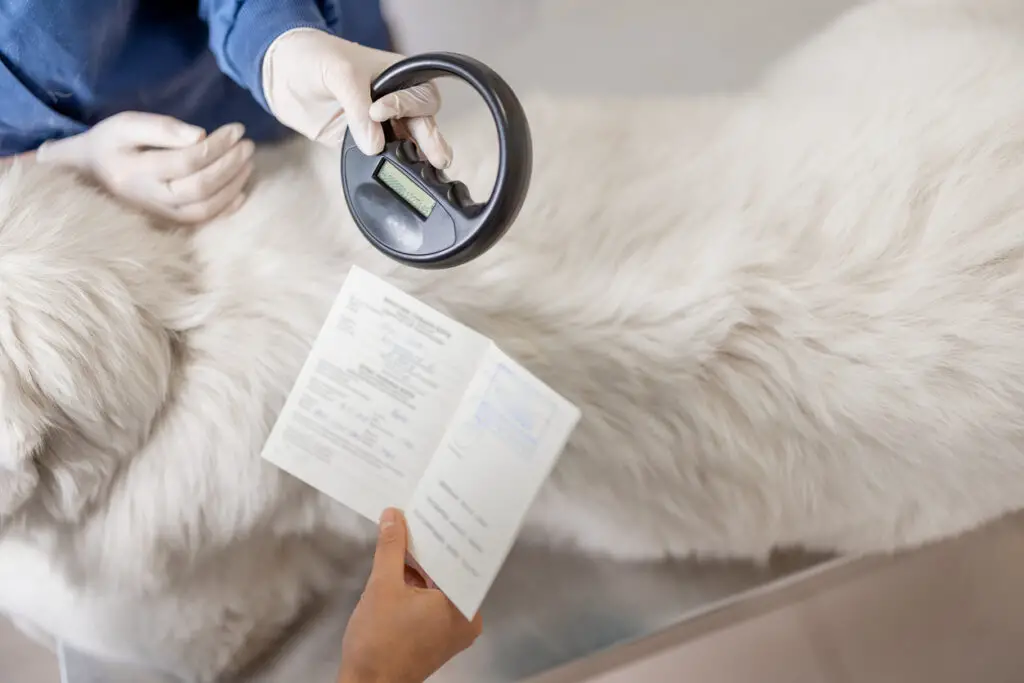
You don’t have to be a vet to give your pet a quick at-home health check, and doing so can save you thousands in medical costs down the line. Many pet health problems—like lumps, skin infections, ear issues, or dental disease—start small and get worse over time. The earlier you catch them, the easier (and cheaper) they are to treat. As mentioned by Family Pet Health, a simple five-minute check once a week can help you spot red flags before they turn into expensive emergencies.
Run your hands over your pet’s body to feel for any lumps, bumps, or sore spots. Check their ears for redness, odor, or wax buildup (which could indicate an infection). Look at their teeth and gums for signs of tartar, swelling, or bad breath. Inspect their paws and nails for overgrowth or cracks. Even monitoring their water intake and bathroom habits can give you clues about potential health issues. If something seems off, addressing it early can mean the difference between a simple fix and a costly medical crisis.
6. DIY Grooming Can Prevent Costly Skin and Ear Issues
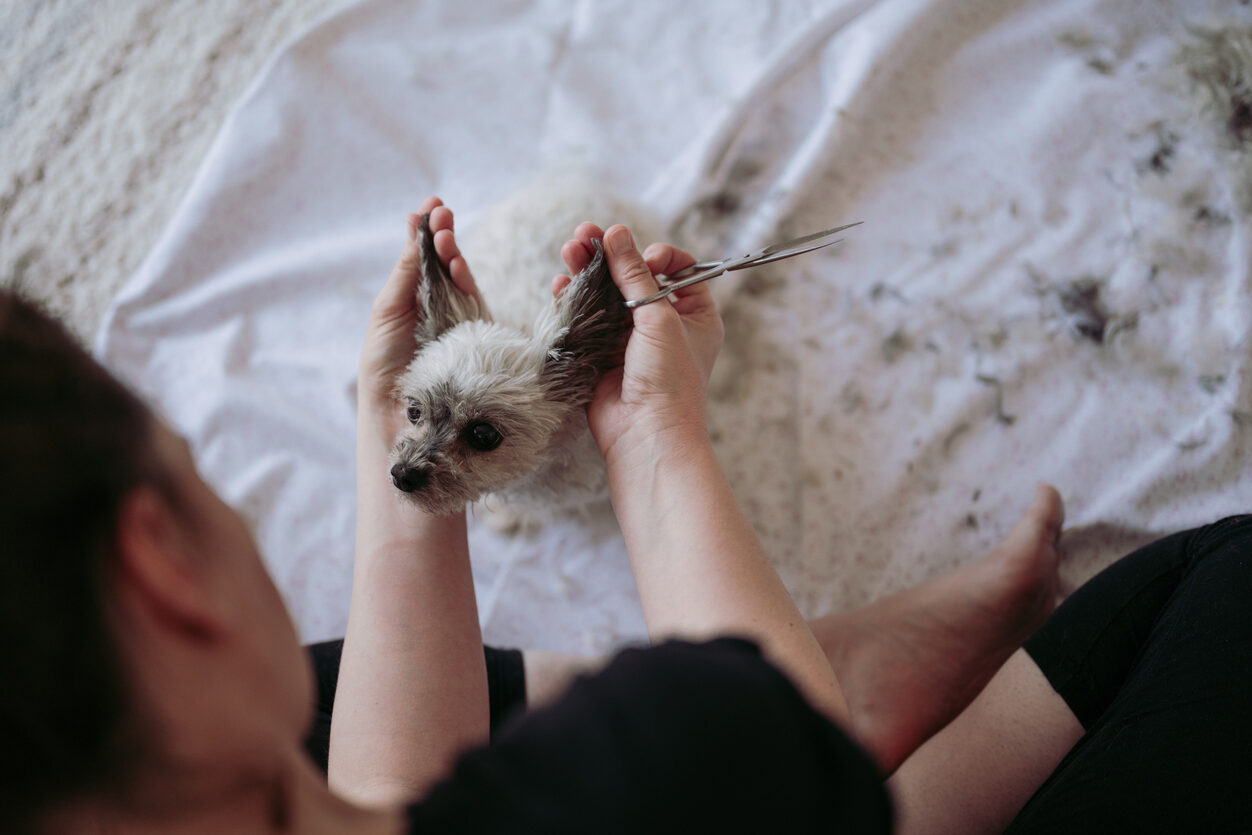
Grooming isn’t just about making your pet look cute—it’s an essential part of their health. Mats in long-haired dogs and cats can lead to painful skin infections, dirty ears can cause chronic ear problems, and overgrown nails can affect mobility and joint health. Professional grooming services can be pricey, but many basic grooming tasks can be done at home with a little patience and practice.
Brushing your pet regularly prevents tangles, reduces shedding, and keeps their skin healthy by distributing natural oils. Bathing them (only when necessary) with a mild pet-safe shampoo can prevent skin conditions. Trimming nails every few weeks avoids painful splitting or overgrowth that can lead to walking problems. And for floppy-eared breeds, regular ear cleaning can prevent infections that would otherwise require vet visits and medication. Learning these simple DIY grooming tasks can save you a ton of money while keeping your pet comfortable and happy.
7. Pet-Proofing Your Home Can Prevent Expensive Emergencies

Many pet emergencies come from everyday household hazards—things we don’t even think twice about. Common household toxins like chocolate, xylitol (found in sugar-free gum), grapes, onions, and certain houseplants can cause severe poisoning in pets, leading to emergency vet visits that cost a fortune. Even non-toxic items, like socks, string, or small toys, can become life-threatening if swallowed, sometimes requiring surgery to remove.
To save yourself from a costly and stressful emergency, take a few minutes to pet-proof your home. As highlighted by CBS News, Keep dangerous foods out of reach, secure trash cans, and store cleaning supplies in locked cabinets. If you have a chewer, make sure electrical cords and small objects are kept away. Taking these simple precautions can prevent accidents that could lead to massive vet bills—or worse, put your pet’s life at risk.
8. Invest in Pet Insurance (Or a Dedicated Emergency Fund)
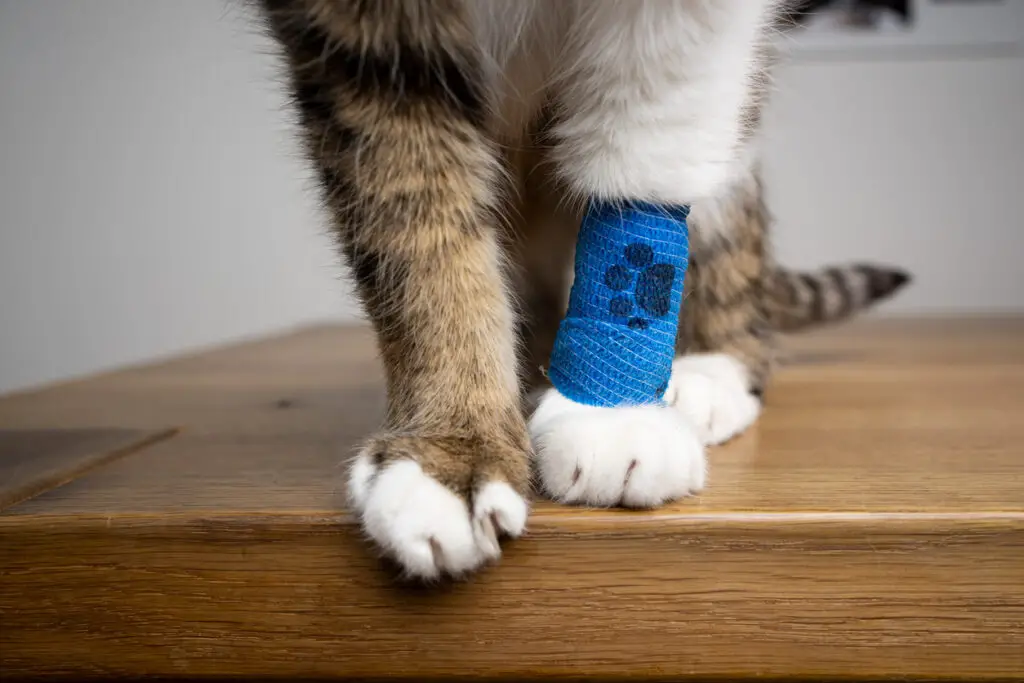
Pet insurance isn’t for everyone, but it can be a lifesaver when unexpected vet bills hit. No one wants to be in a situation where they have to choose between their pet’s life and their financial stability. If your pet develops a chronic illness or gets into an accident, treatment costs can be overwhelming. A good pet insurance plan can help cover major medical expenses, allowing you to focus on getting your pet the care they need without breaking the bank.
If insurance doesn’t seem like the right fit, setting aside an emergency fund specifically for pet-related expenses is another great option. According to Pawlicy Advisor, even $50–$100 set aside each month can add up and help you cover unexpected costs. The key is to plan ahead, so you’re not caught off guard when an emergency happens. Because in the world of pet ownership, it’s not a matter of if an unexpected vet visit will happen—it’s when.
9. Spaying or Neutering Can Save You from Costly Health Issues
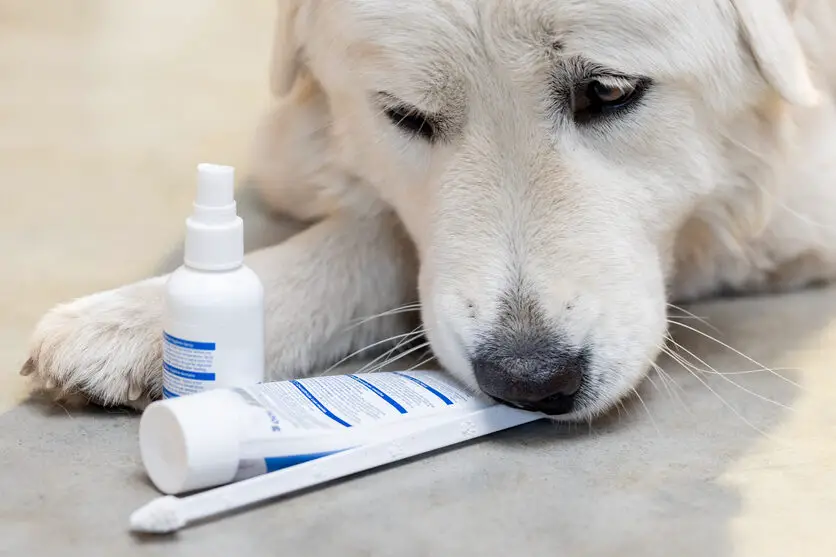
Many people think of spaying and neutering as just a way to prevent unwanted litter, but it actually offers major health benefits that can save you money in the long run. For female pets, spaying eliminates the risk of uterine infections (like pyometra) and significantly reduces the chances of mammary tumors. For males, neutering helps prevent testicular cancer and reduces the risk of prostate problems. These conditions can be expensive to treat, but they’re completely preventable with a simple one-time surgery.
Beyond health benefits, spaying and neutering can also help prevent costly behavioral problems. Unneutered males are more prone to roaming, which increases their risk of getting hit by cars or into fights with other animals—both of which can result in expensive medical bills. Meanwhile, female pets in heat can be difficult to manage and may attract unwanted attention from stray animals. In short, spaying and neutering is an investment in your pet’s health and your peace of mind.
10. Mental and Physical Stimulation Can Prevent Destructive Behavior
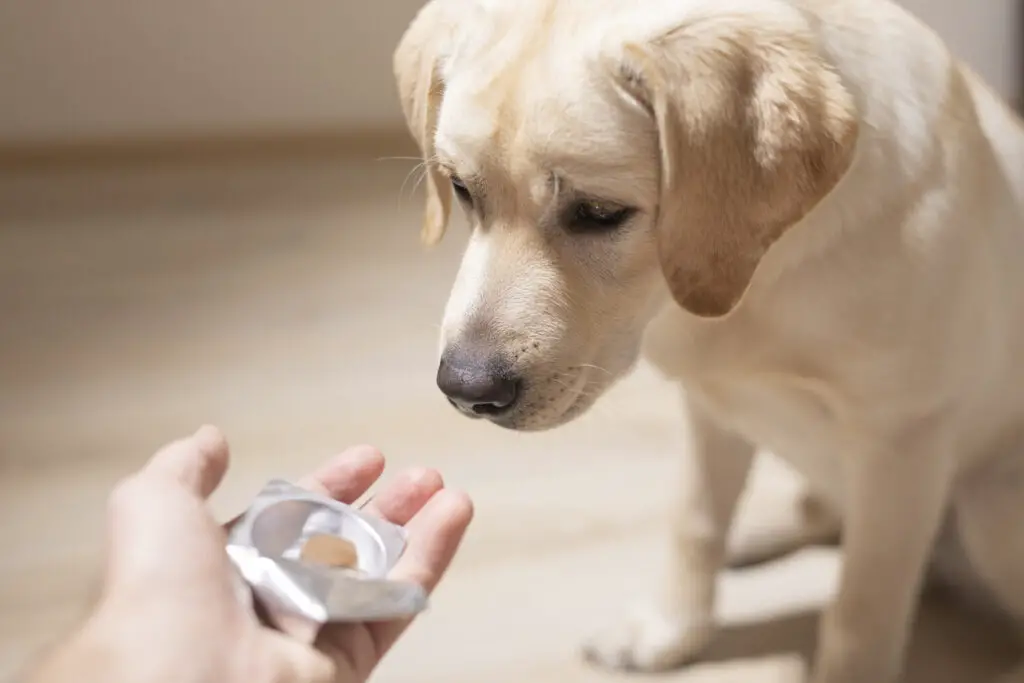
A bored pet is often a destructive pet, and destructive behavior can lead to costly damage in your home—or even injuries that require medical attention. Chewed-up furniture, shredded shoes, and ripped curtains aren’t just frustrating; they can also put your pet in danger. Dogs that chew the wrong things can end up with intestinal blockages, and cats with too much pent-up energy may develop stress-related health issues.
The best way to prevent this? Keep your pet mentally and physically stimulated. Regular exercise, interactive toys, puzzle feeders, and training sessions all help channel their energy in a positive way. Dogs thrive on structured activities like obedience training or fetch, while cats love climbing, hunting-style toys, and scratching posts. Engaging their mind and body keeps them happy, reduces anxiety, and prevents behaviors that could lead to unexpected expenses. Plus, a well-exercised pet is generally a healthier pet, which means fewer trips to the vet!


